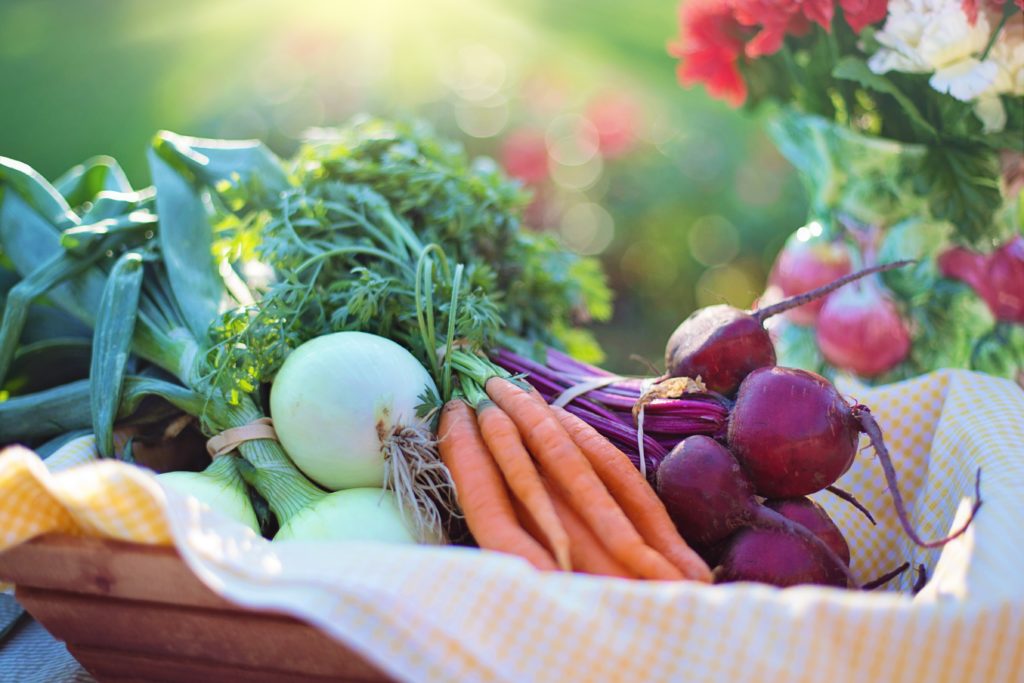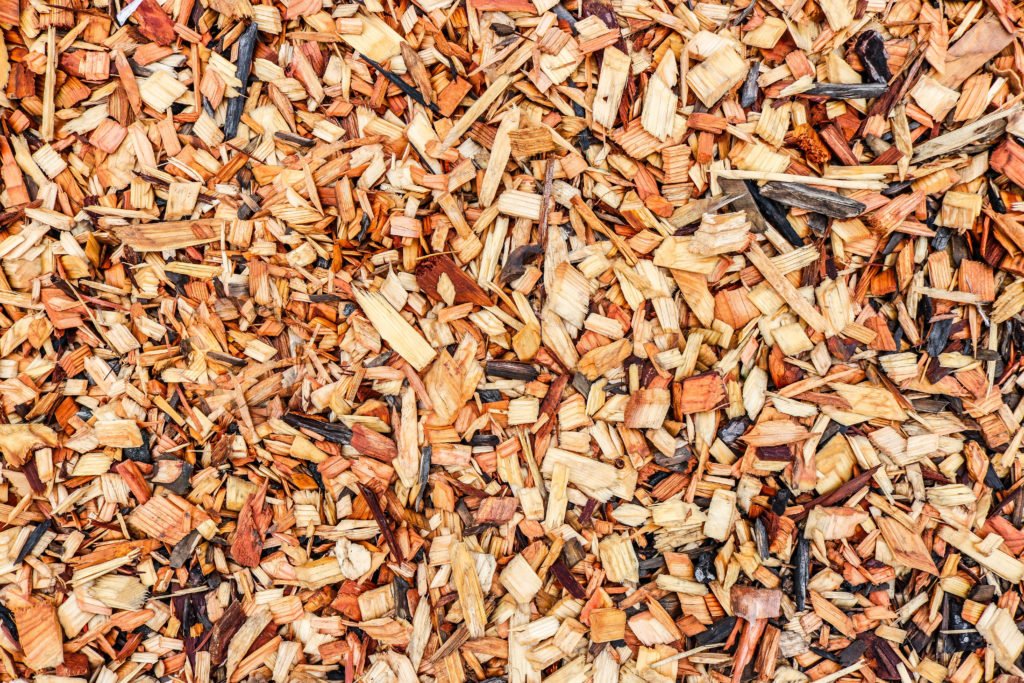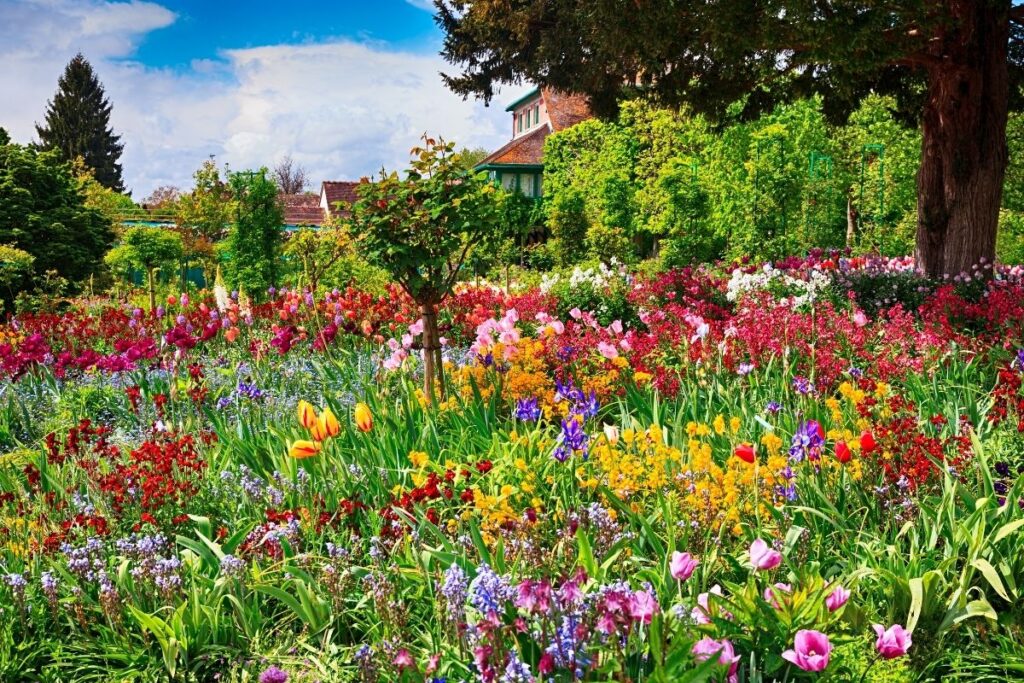Butterflies are one of the most beautiful creatures on Earth, and it’s no wonder that gardeners want to attract them to their yards. Not only are they captivating to watch, but they also play an important role in pollination.
If you’re looking to create a butterfly sanctuary in your garden, then keep reading. In this blog post, we will discuss the plants that attract butterflies and provide tips on how to make your yard more hospitable for these amazing insects!
“Just living isn’t enough,” said the butterfly. “One must have sunshine, freedom, and a little flower.”
The Complete Fairy Tales by Hans Christian Anderson
Wise words to live by from a butterfly, right? Are you as enamored as I am by these magical creatures and want to bring these exquisite flying jewels to your garden?
There are just a few things you need to know to be successful at attracting butterflies to your yard.
Once you incorporate these into your backyard garden plan, you’ll be well on your way to having a beautiful garden that attracts many different varieties of butterflies.
What do butterflies do to help flowers?
Butterflies are pollinators – which means they help spread pollen from plant to plant which allows them to proliferate.
Adult butterflies need to drink nectar to survive. So they fly from blossoms to blossom (just like bees and other pollinators), using their proboscis to suck the sweet nectar from each bloom.
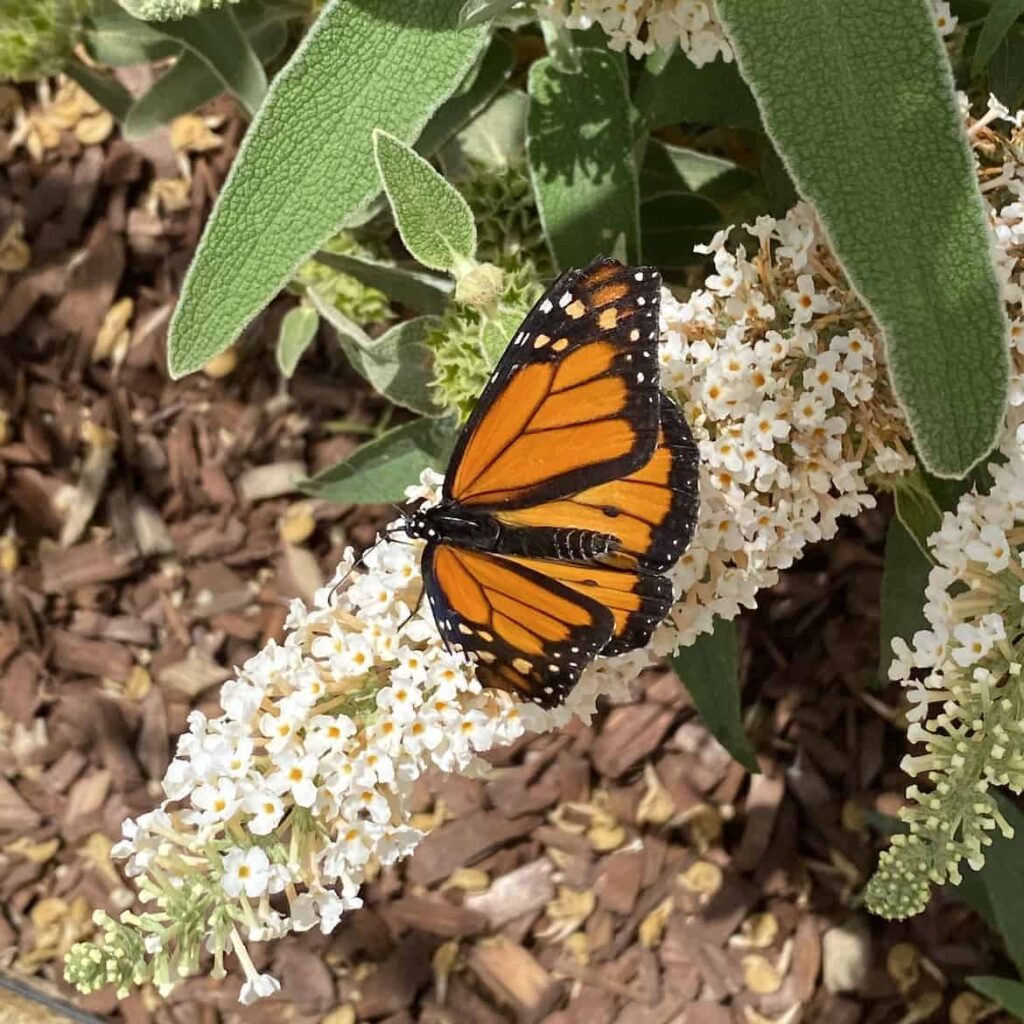
While they are eating, they grab ahold of the bloom and will get pollen stuck to their feet. When they take off to visit another plant, that pollen goes along with them, helping to pollinate and spread the plant species.
What colors attract butterflies?
Butterflies can see bright colors and are attracted to bright yellow, red, orange, purple, pink and yes, even white flowers.
However, butterflies are nearsighted and will be able to, at a distance, only see masses of one color, rather than random scatterings of different colors.
Keep this in mind when you’re planting your butterfly garden and try to plant groupings of each of the colors that attract butterflies for the best success.
Choose Flowers That Are Flat
Unlike hummingbirds or other pollinators, butterflies are only capable of drinking from flat-topped flowers or ones with very short tubes.
They cannot reach the nectar at the bottom of long, cylindrical flowers.
Big, flat flowers are preferable for larger butterflies, since they need a spacious landing area.
Plant Flowers of Different Heights
Some butterfly species enjoy sipping nectar near the ground, while others prefer drinking from taller plants.
Offer more variety of plants and flowers that are varying feet tall, and your garden will attract numerous species.
Make a Butterfly Mud Puddle
Even ethereal-looking creatures like butterflies enjoy getting down and dirty once in a while. They perform a ritual called “puddling,” during which they gather on mud puddles to imbibe water, salts, and minerals.
To create your own puddling site, place a damp mixture of sand and dirt on dishes, and position them throughout your garden. The larger the container, the likelier it is to attract a “flutter” (an apt name for a group of butterflies) to your garden.
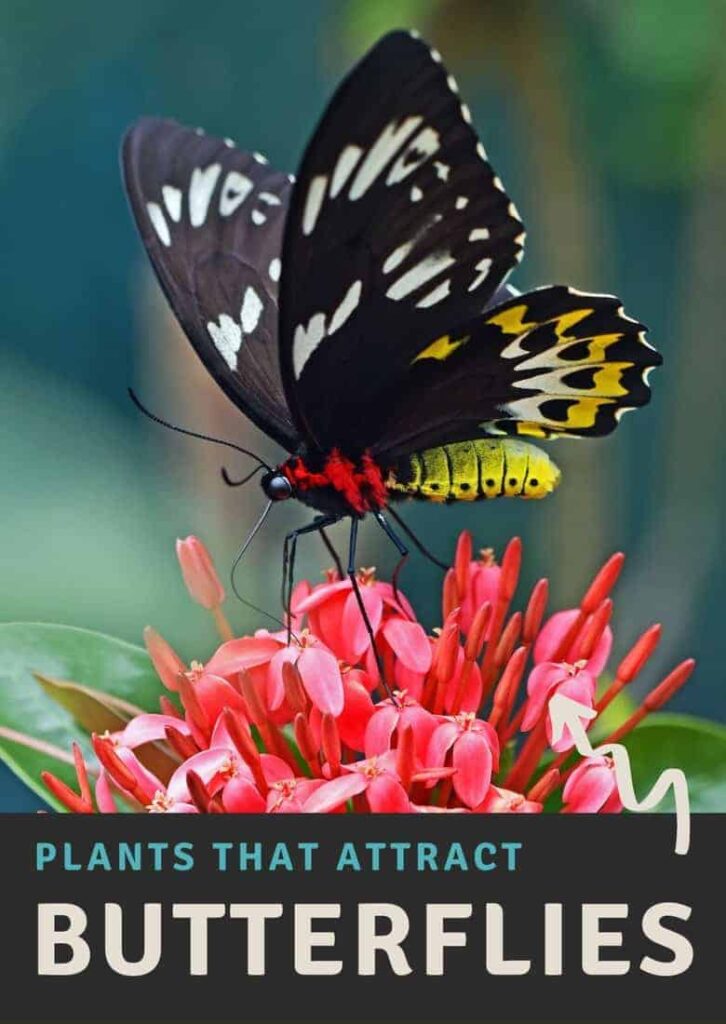
Remember the key to making the perfect butterfly puddle, is to water it regularly so that you keep it damp, but not saturated.
If you are an animal lover, you may want to look at these easy ways to make your garden wildlife friendly.
Add Flat Rocks to Your Garden
Fun fact: Butterflies are cold-blooded and can’t fly unless they’re warm. This means they will find a safe place to roost at night to wait for the warm sunshine the next day.
If you’ve ever seen a butterfly basking on a rock with wings spread, it’s enjoying a sunbath while becoming warm enough to fly.
So add some flat rocks to your butterfly garden to give them a place to rest and warm themselves.
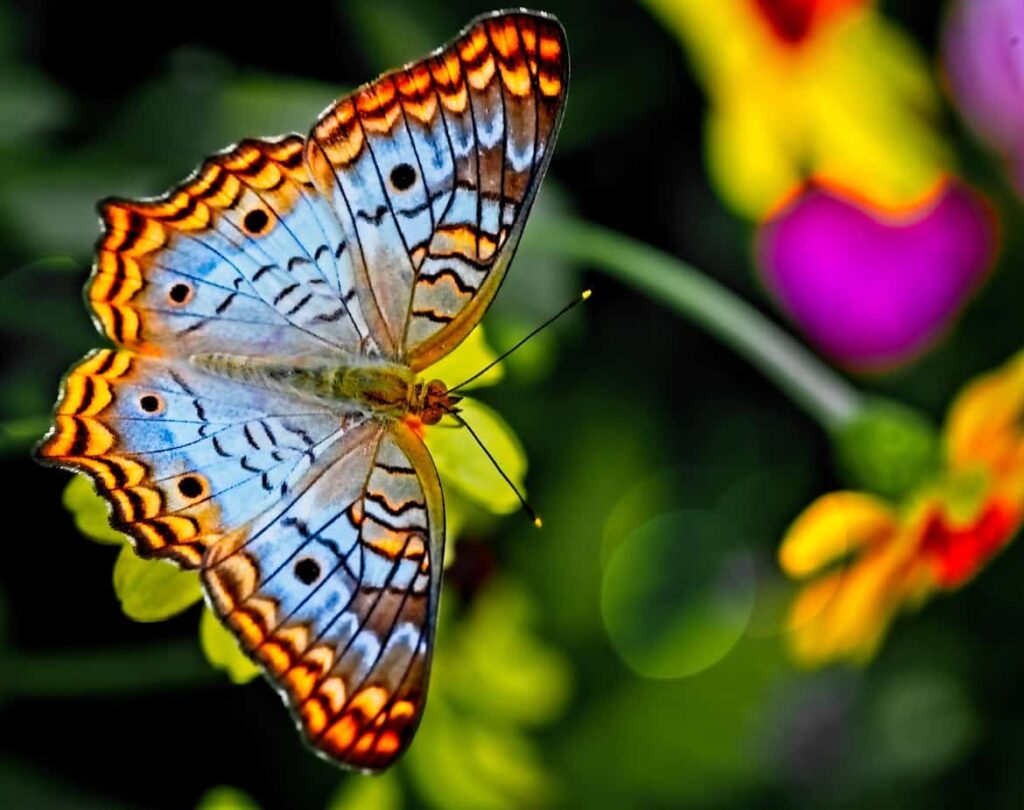
Not only will adding flat rocks help butterflies, but they’ll add interesting textures to your property and backyard as well.
Make Sure Plants Get Plenty of Sunlight
Butterflies only feed during the day (makes sense because this is the only time they can fly, remember?).
Because of this, nectar plants should be situated where they receive full sunlight at least six hours a day.
Most plants that attract butterflies will have this requirement for full sun so be sure to choose an area with southern exposure for your butterfly garden.
Offer Shelter
If you want to attract butterflies, you’ll also need to provide them with shelter from predators and the elements. Unlike Monarchs, most butterfly species don’t migrate to Mexico when the weather gets cold.
Instead, they do something called “overwintering,” which means they shelter-in-place.
They need to hunker down in leaves (don’t rake them!), rotting wood, stacks of grass cuttings, piles of brush, mulch and other organic debris.
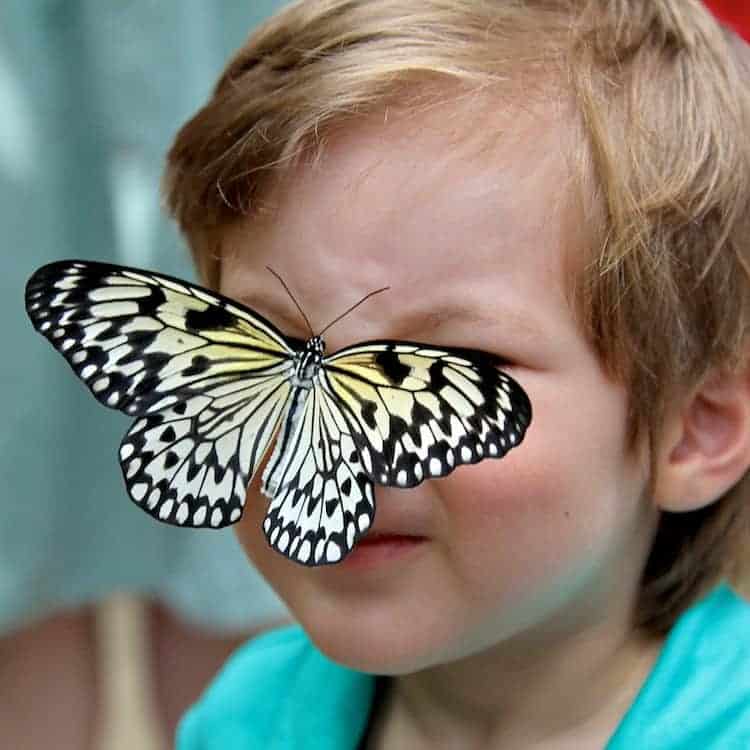
So now you have the perfect excuse for letting your yard look a little unkempt – it’s for the wellbeing of these kaleidoscopic insects!
You could also provide a Butterfly House or two sprinkled throughout your garden – just be sure to place them in a spot that is sheltered from wind. You can even place them directly in between flowering plants.
Plant Flowers with Various Bloom Cycles
If all of your flowers bloom at the same time, you may have butterflies for several weeks, and then none at all. To avoid an absence of butterfly food sources in your garden, always try to plant flowers with overlapping bloom cycles, such May-June-July paired with July-August-September.
Try plants that are long blooming, but also be sure to plant at least three types of flowers for seamless bloom seasons and some that are drought tolerant.
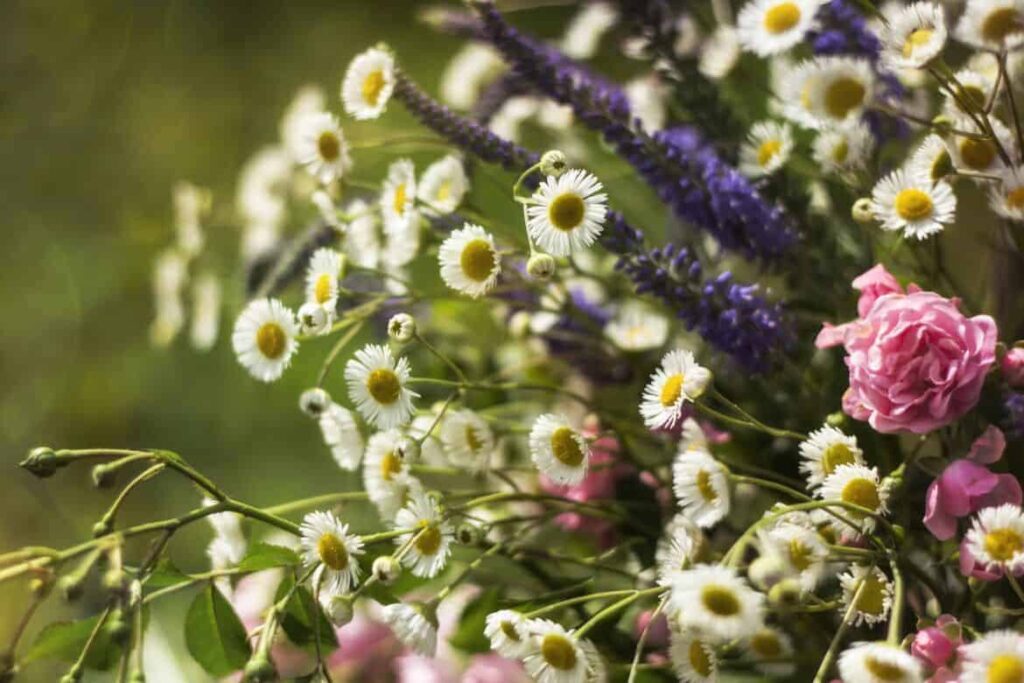
Joe Pye weed is a good example of a late-blooming wildflower that is native to eastern and central North America. Its flowers have a sweet vanilla scent that is especially attractive to butterflies and other beneficial pollinators.
Plant Native Flowers
It’s important to plant flowers that are native to your geographical area, because these are the plants that butterflies in your region are accustomed to and rely upon, usually referred to as a host plant.
They also provide the specific foliage necessary for hungry growing caterpillars.
What are the flowers and plants that attract butterflies?
This is most likely the reason you came to this post in the first place, right? Ok, let’s get right to it then. You don’t have to play a guessing game to figure out which flowers butterflies love.
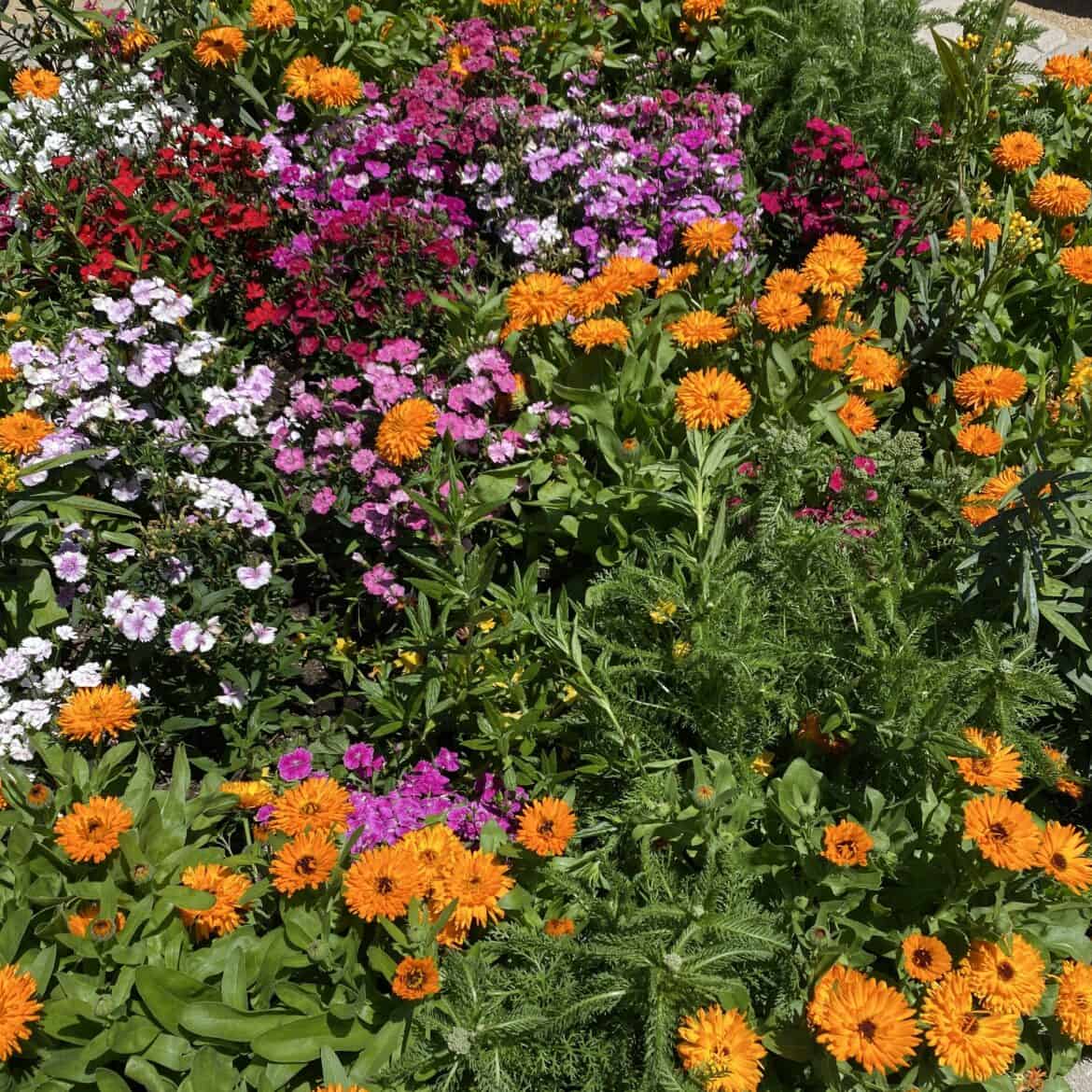
Thank you for letting me share some of my favorite products and finds with you – I appreciate your support by shopping through these affiliate links!
Butterfly favorite flowers include:
- Asters
- Bee Balm
- Black-Eyed Susan
- Buddleias (also known as Butterfly Bush)
- Day Lilies
- Lavender
- Marigolds
- Phlox
- Snapdragons
- Sunflowers
- Zinnias
- Verbena
Also definitely consider planting milkweed, because it’s the only flower that Monarch caterpillars will eat!
If you’re hoping to attract some stunning Eastern Tiger Swallowtails, you’ll want to provide woody plants like wild cherry, tulip, birch, ash, cottonwood, and willow for the caterpillars.
You can draw in the adult swallowtail butterflies with buddleia, milkweed, phlox, and lilac.
Protect Butterflies from the Wind
Butterflies are delicate creatures and can have a hard time navigating strong winds. They need places to go to endure bad weather.
You can protect them by planting, or situating your butterfly garden, near vines, shrubs, trees, and hedges.
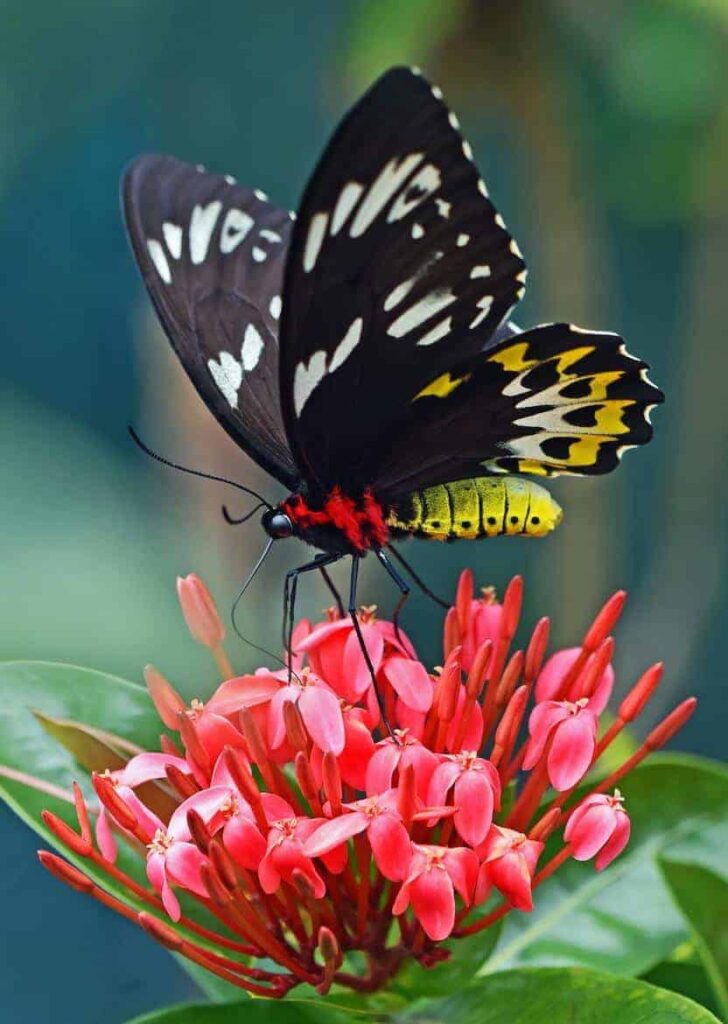
As you can see, having a proper butterfly garden requires deliberate planning and careful strategizing to attract as many butterflies as possible, for as long as possible.
But don’t fret – just follow the guidelines above and you’ll be able to enjoy these awe-inspiring winged wonders in your backyard in no time!

